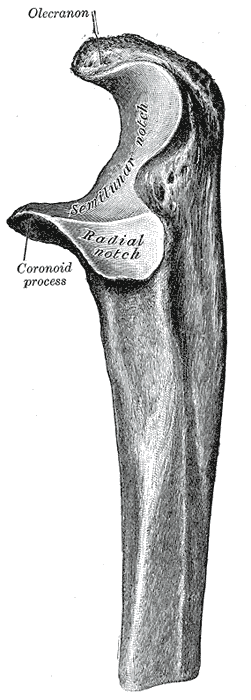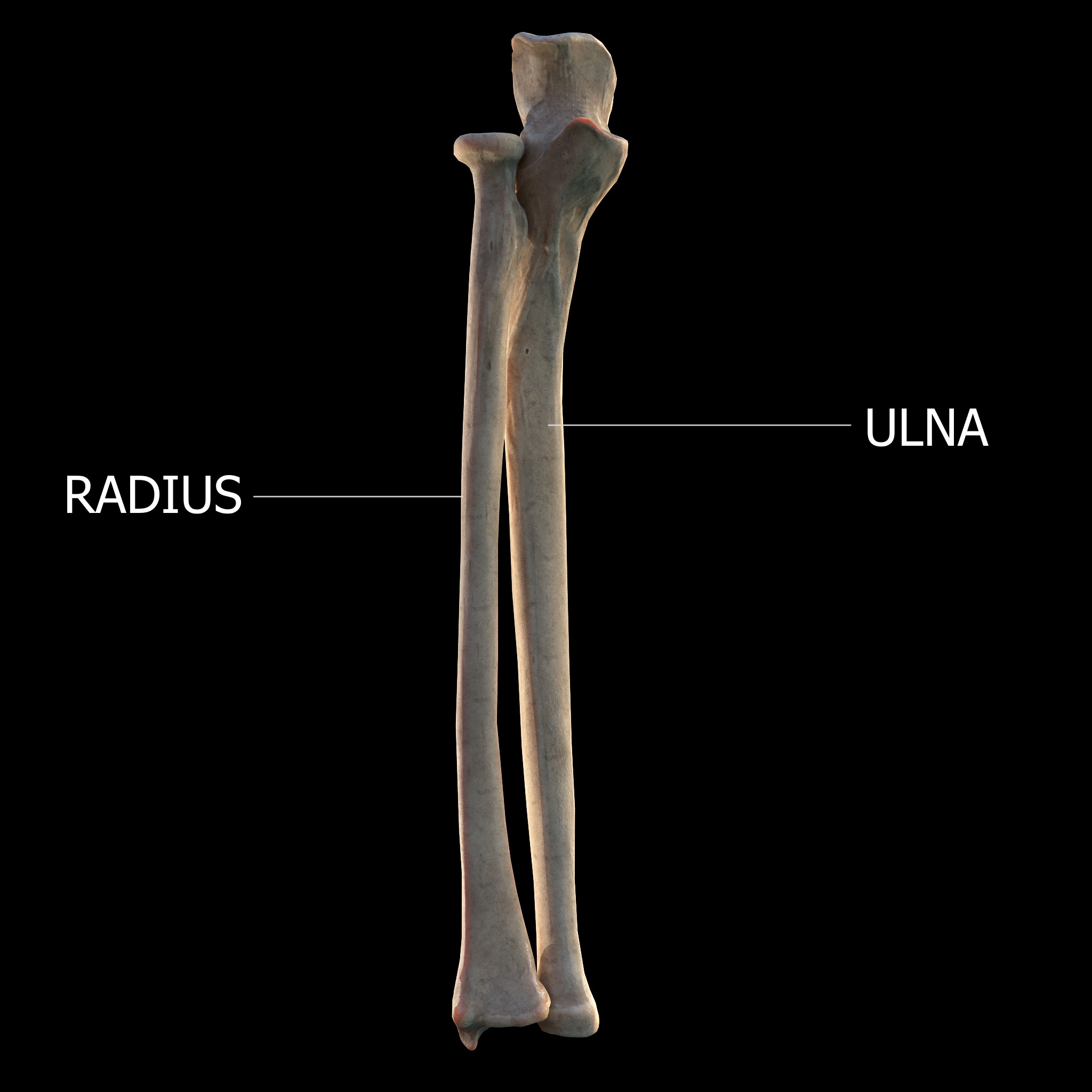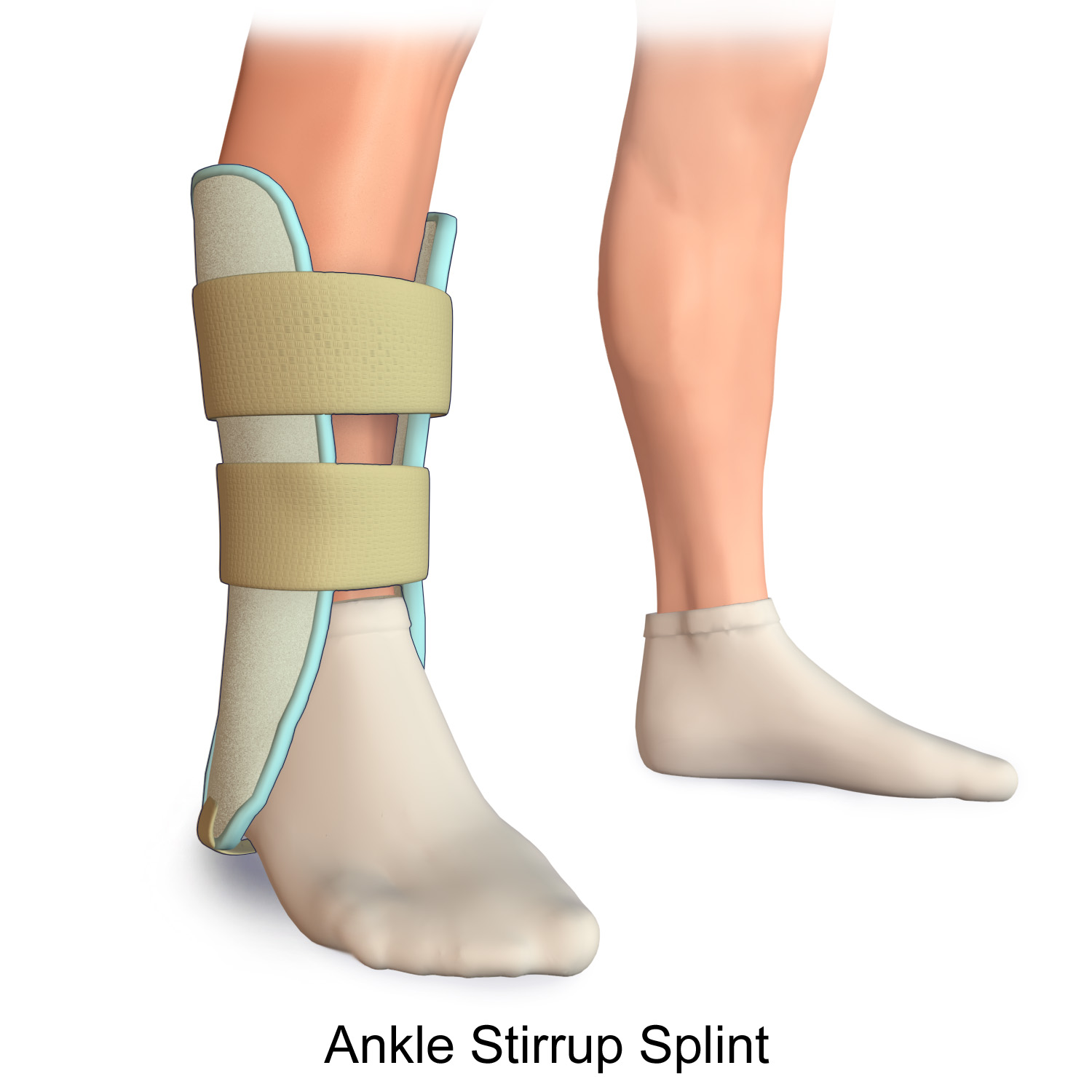|
Greenstick Fracture
A greenstick fracture is a partial bone break that typically occurs in children due to their more flexible and resilient bone composition. This fracture pattern is characterized by a break on one side of the bone while the other side remains intact and bends, similar to breaking a young, green tree branch. Greenstick fractures most commonly affect the long bones of the forearm (radius and ulna) but can also occur in other long bones throughout the body. Treatment generally involves immobilization with a cast to allow proper bone healing, though in some cases, it may be necessary to realign the bone before casting. Signs and symptoms Children presenting with greenstick fractures typically exhibit localized pain, swelling, and tenderness over the affected area, with notable deformity that may be less pronounced than in complete fractures. The patient often presents with a history of fall or trauma and demonstrates limited range of motion in the affected limb, accompanied by reluctan ... [...More Info...] [...Related Items...] OR: [Wikipedia] [Google] [Baidu] |
Pediatrics
Pediatrics (American English) also spelled paediatrics (British English), is the branch of medicine that involves the medical care of infants, children, Adolescence, adolescents, and young adults. In the United Kingdom, pediatrics covers many of their youth until the age of 18. The American Academy of Pediatrics recommends people seek pediatric care through the age of 21, but some pediatric subspecialists continue to care for adults up to 25. Worldwide age limits of pediatrics have been trending upward year after year. A physician, medical doctor who specializes in this area is known as a pediatrician, or paediatrician. The word ''pediatrics'' and its cognates mean "healer of children", derived from the two Ancient Greek, Greek words: (''pais'' "child") and (''iatros'' "doctor, healer"). Pediatricians work in clinics, research centers, universities, general hospitals and children's hospitals, including those who practice pediatric subspecialties (e.g. neonatology requires reso ... [...More Info...] [...Related Items...] OR: [Wikipedia] [Google] [Baidu] |
Radius (bone)
The radius or radial bone (: radii or radiuses) is one of the two large bones of the forearm, the other being the ulna. It extends from the Anatomical terms of location, lateral side of the Elbow-joint, elbow to the thumb side of the wrist and runs parallel to the ulna. The ulna is longer than the radius, but the radius is thicker. The radius is a long bone, Prism (geometry), prism-shaped and slightly curved longitudinally. The radius is part of two joint (anatomy), joints: the elbow and the wrist. At the elbow, it joins with the capitulum of the humerus, and in a separate region, with the ulna at the radial notch. At the wrist, the radius forms a joint with the ulna bone. The corresponding bone in the human leg, lower leg is the tibia. Structure The long narrow medullary cavity is enclosed in a strong wall of compact bone. It is thickest along the interosseous border and thinnest at the extremities, same over the cup-shaped articular surface (fovea) of the head. The tra ... [...More Info...] [...Related Items...] OR: [Wikipedia] [Google] [Baidu] |
Ulna
The ulna or ulnar bone (: ulnae or ulnas) is a long bone in the forearm stretching from the elbow to the wrist. It is on the same side of the forearm as the little finger, running parallel to the Radius (bone), radius, the forearm's other long bone. Longer and thinner than the radius, the ulna is considered to be the smaller long bone of the lower arm. The corresponding bone in the Human leg#Structure, lower leg is the fibula. Structure The ulna is a long bone found in the forearm that stretches from the elbow to the wrist, and when in standard anatomical position, is found on the Medial (anatomy), medial side of the forearm. It is broader close to the elbow, and narrows as it approaches the wrist. Close to the elbow, the ulna has a bony Process (anatomy), process, the olecranon process, a hook-like structure that fits into the olecranon fossa of the humerus. This prevents hyperextension and forms a hinge joint with the trochlea of the humerus. There is also a radial notch for ... [...More Info...] [...Related Items...] OR: [Wikipedia] [Google] [Baidu] |
Periosteum
The periosteum is a membrane that covers the outer surface of all bones, except at the articular surfaces (i.e. the parts within a joint space) of long bones. (At the joints of long bones the bone's outer surface is lined with "articular cartilage", a type of hyaline cartilage.) Endosteum lines the inner surface of the medullary cavity of all long bones. Structure The periosteum consists of an outer fibrous layer, and an inner ''cambium layer'' (or osteogenic layer). The fibrous layer is of dense irregular connective tissue, containing fibroblasts, while the cambium layer is highly cellular containing progenitor cells that develop into osteoblasts. These osteoblasts are responsible for increasing the width of a long bone (the length of a long bone is controlled by the epiphyseal plate) and the overall size of the other bone types. After a bone fracture A bone fracture (abbreviated FRX or Fx, Fx, or #) is a medical condition in which there is a partial or complete break ... [...More Info...] [...Related Items...] OR: [Wikipedia] [Google] [Baidu] |
Bone Cortex
A bone is a rigid organ that constitutes part of the skeleton in most vertebrate animals. Bones protect the various other organs of the body, produce red and white blood cells, store minerals, provide structure and support for the body, and enable mobility. Bones come in a variety of shapes and sizes and have complex internal and external structures. They are lightweight yet strong and hard and serve multiple functions. Bone tissue (osseous tissue), which is also called bone in the uncountable sense of that word, is hard tissue, a type of specialised connective tissue. It has a honeycomb-like matrix internally, which helps to give the bone rigidity. Bone tissue is made up of different types of bone cells. Osteoblasts and osteocytes are involved in the formation and mineralisation of bone; osteoclasts are involved in the resorption of bone tissue. Modified (flattened) osteoblasts become the lining cells that form a protective layer on the bone surface. The mineralised matrix ... [...More Info...] [...Related Items...] OR: [Wikipedia] [Google] [Baidu] |
Torus Fracture
A Torus fracture, also known as a buckle fracture is the most common fracture in children. It is a common occurrence following a fall, as the wrist absorbs most of the impact and compresses the bony Cortical bone, cortex on one side and remains intact on the other, creating a bulging effect. As the bulge is only on one side of the bone, this injury can be classified as an incomplete fracture. The compressive force is provided by the Trabeculae of bone, trabeculae and is longitudinal to the axis of the long bone, meaning that the fracture itself is orthogonal to that axis. The word "torus" originates from the Latin word "protuberance." Signs and symptoms Torus fractures are low risk and may cause acute pain. As the bone buckles (or crushes), instead of breaking, they are a stable injury as there is no displacement of the bone. This mechanism is analogous to the Crumple zone, crumple zones in cars. As with other fractures, the site of fracture may be tender to touch and cause a sh ... [...More Info...] [...Related Items...] OR: [Wikipedia] [Google] [Baidu] |
Child Abuse
Child abuse (also called child endangerment or child maltreatment) is physical abuse, physical, child sexual abuse, sexual, emotional and/or psychological abuse, psychological maltreatment or Child neglect, neglect of a child, especially by a parent or a caregiver. Child abuse may include any act or Negligence, failure to act by a parent or a caregiver that results in actual or potential wrongful harm to a child and can occur in a child's home, or in organizations, schools, or communities the child interacts with. Different jurisdictions have different requirements for mandatory reporting and have developed different definitions of what constitutes child abuse, and therefore have different criteria to remove children from their families or to prosecute a criminal charge. History As late as the 19th century, cruelty to children, perpetrated by employers and teachers, was commonplace and widespread, and corporal punishment was customary in many countries, but in the first half of ... [...More Info...] [...Related Items...] OR: [Wikipedia] [Google] [Baidu] |
Forearm
The forearm is the region of the upper limb between the elbow and the wrist. The term forearm is used in anatomy to distinguish it from the arm, a word which is used to describe the entire appendage of the upper limb, but which in anatomy, technically, means only the region of the upper arm, whereas the lower "arm" is called the forearm. It is homologous to the region of the leg that lies between the knee and the ankle joints, the crus. The forearm contains two long bones, the radius and the ulna, forming the two radioulnar joints. The interosseous membrane connects these bones. Ultimately, the forearm is covered by skin, the anterior surface usually being less hairy than the posterior surface. The forearm contains many muscles, including the flexors and extensors of the wrist, flexors and extensors of the digits, a flexor of the elbow ( brachioradialis), and pronators and supinators that turn the hand to face down or upwards, respectively. In cross-section, the forearm can ... [...More Info...] [...Related Items...] OR: [Wikipedia] [Google] [Baidu] |
Shinbone
The tibia (; : tibiae or tibias), also known as the shinbone or shankbone, is the larger, stronger, and anterior (frontal) of the two bones in the leg below the knee in vertebrates (the other being the fibula, behind and to the outside of the tibia); it connects the knee with the ankle. The tibia is found on the medial side of the leg next to the fibula and closer to the median plane. The tibia is connected to the fibula by the interosseous membrane of leg, forming a type of fibrous joint called a syndesmosis with very little movement. The tibia is named for the flute ''tibia''. It is the second largest bone in the human body, after the femur. The leg bones are the strongest long bones as they support the rest of the body. Structure In human anatomy, the tibia is the second largest bone next to the femur. As in other vertebrates the tibia is one of two bones in the lower leg, the other being the fibula, and is a component of the knee and ankle joints. The tibia together with t ... [...More Info...] [...Related Items...] OR: [Wikipedia] [Google] [Baidu] |
X-ray
An X-ray (also known in many languages as Röntgen radiation) is a form of high-energy electromagnetic radiation with a wavelength shorter than those of ultraviolet rays and longer than those of gamma rays. Roughly, X-rays have a wavelength ranging from 10 Nanometre, nanometers to 10 Picometre, picometers, corresponding to frequency, frequencies in the range of 30 Hertz, petahertz to 30 Hertz, exahertz ( to ) and photon energies in the range of 100 electronvolt, eV to 100 keV, respectively. X-rays were discovered in 1895 in science, 1895 by the German scientist Wilhelm Röntgen, Wilhelm Conrad Röntgen, who named it ''X-radiation'' to signify an unknown type of radiation.Novelline, Robert (1997). ''Squire's Fundamentals of Radiology''. Harvard University Press. 5th edition. . X-rays can penetrate many solid substances such as construction materials and living tissue, so X-ray radiography is widely used in medical diagnostics (e.g., checking for Bo ... [...More Info...] [...Related Items...] OR: [Wikipedia] [Google] [Baidu] |
Bone Remodeling
300 px, Bone tissue is removed by osteoclasts, and then new bone tissue is formed by osteoblasts. Both processes utilize cytokine ( Insulin-like_growth_factor.html" ;"title="TGF-β, Insulin-like growth factor">IGF) signalling. In osteology, bone remodeling or bone metabolism is a lifelong process where mature osseous tissue, bone tissue is removed from the skeleton (a process called ''bone resorption'') and new bone tissue is formed (a process called ''ossification'' or ''new bone formation''). Recent research has identified a specialised subset of blood vessels, termed Type R endothelial cells, in the bone microenvironment. These blood vessels play a crucial role in adult bone remodelling by mediating interactions between bone-resorbing osteoclasts and bone-forming osteoblasts. Type R blood vessels are characterised by their association with post-arterial capillaries and exhibit unique remodelling properties crucial for bone homeostasis. These processes also control the reshapin ... [...More Info...] [...Related Items...] OR: [Wikipedia] [Google] [Baidu] |
Splint (medicine)
A splint is defined as "a rigid or flexible device that maintains in position a displaced or movable part; also used to keep in place and protect an injured part" or as "a rigid or flexible material used to protect, immobilize, or restrict motion in a part". Splints can be used for injuries that are not severe enough to immobilize the entire injured structure of the body. For instance, a splint can be used for certain fractures, soft tissue sprains, tendon injuries, or injuries awaiting orthopedic treatment. A splint may be static, not allowing motion, or dynamic, allowing controlled motion. Splints can also be used to relieve pain in damaged joints. Splints are quick and easy to apply and do not require a plastering technique. Splints are often made out of some kind of flexible material and a firm pole-like structure for stability. They often buckle or Velcro together. Uses * By the emergency medical services or by volunteer first responders, to temporarily immobilize a fractu ... [...More Info...] [...Related Items...] OR: [Wikipedia] [Google] [Baidu] |









